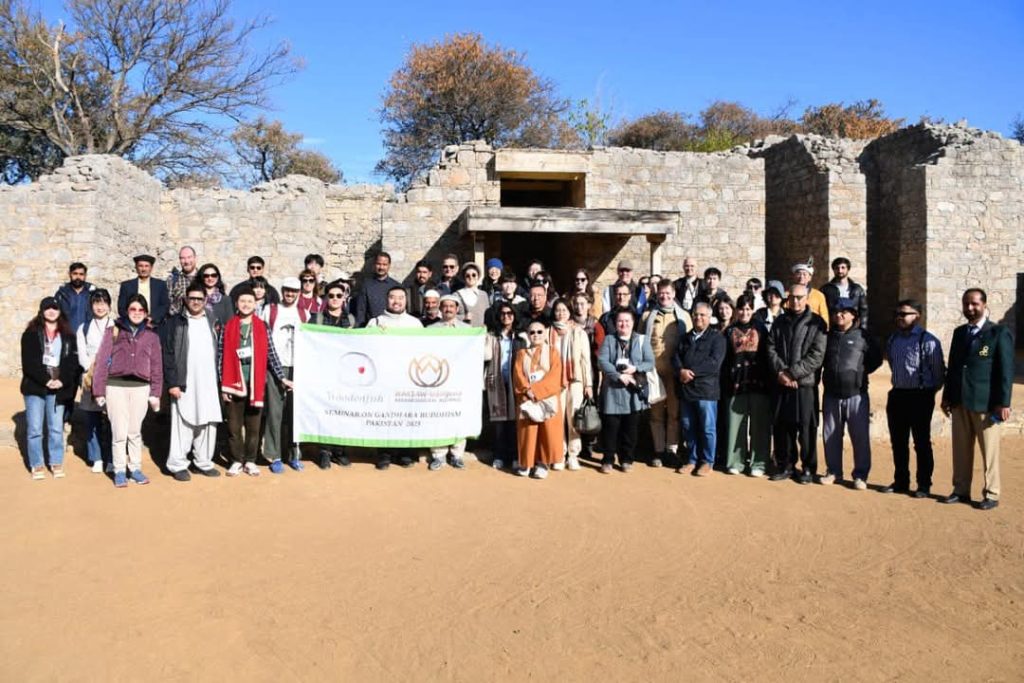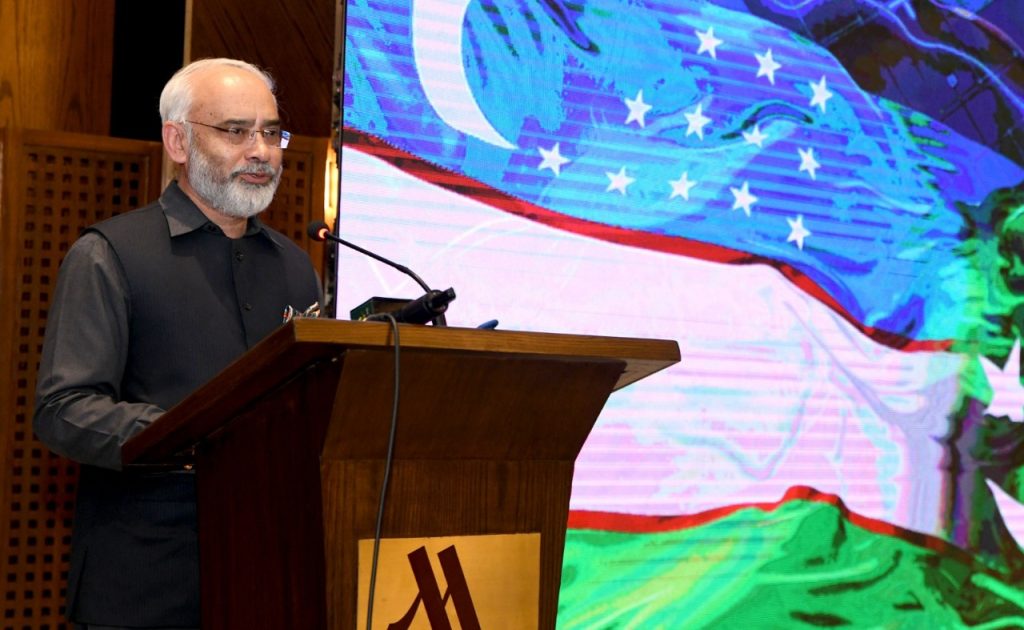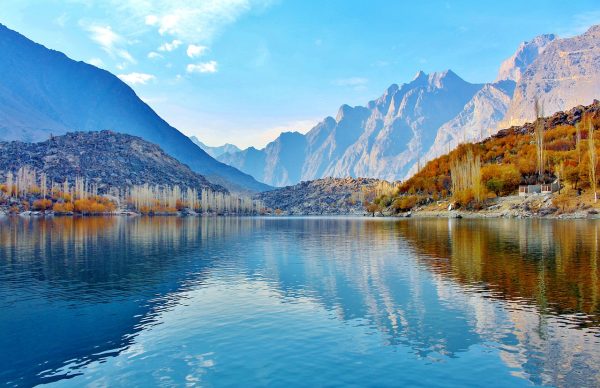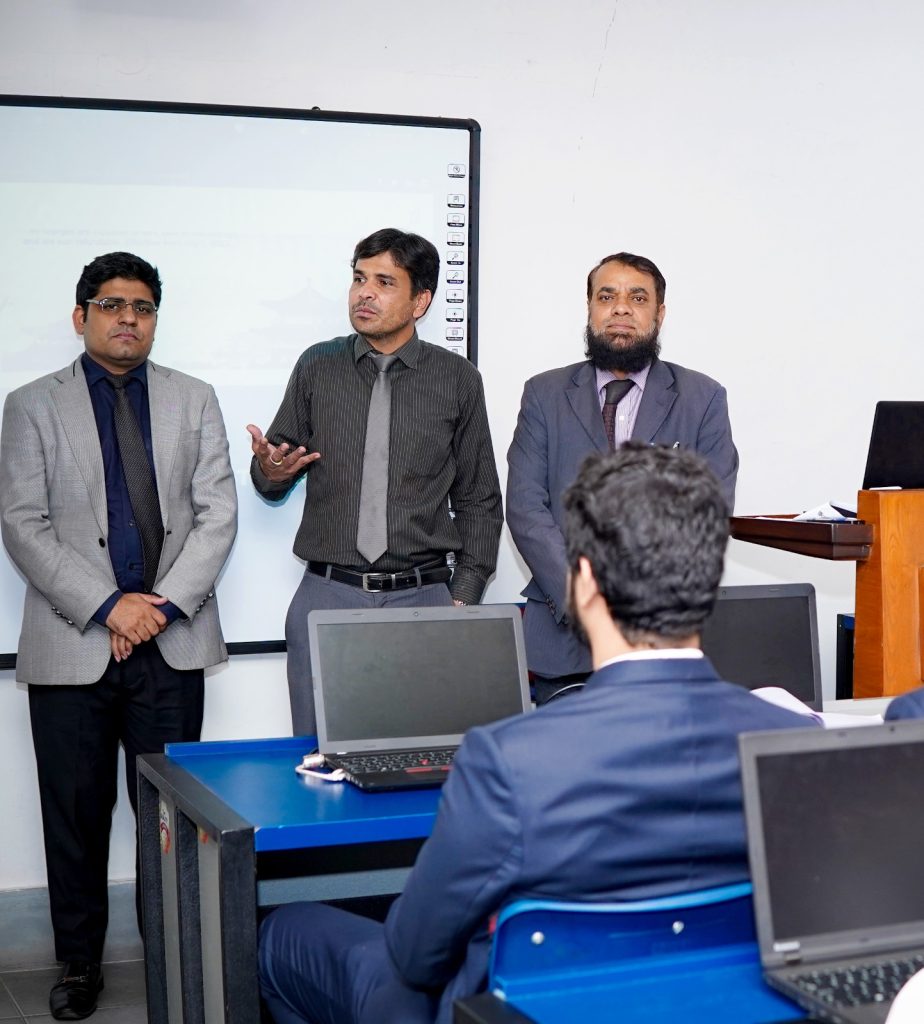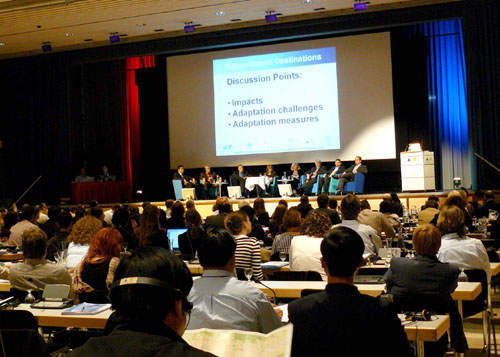While I know you were hoping for a basic and straightforward answer on when to come, the reality is that there isn’t one. Pakistan is a large country with diverse landscapes and climates. Even so, there definitely is a “best” time to travel to each region, and certainly, some months that should be avoided altogether.
The best month will depend a lot on what you want to see and do while in the country, so here’s a month-by-month breakdown to help you decide when to plan your trip.
January in Pakistan
January is typically the coldest month of the year all throughout Pakistan. Even in Karachi, you won’t find temperatures exceeding 80 F, and a light jacket is a good idea everywhere.
Nevertheless, it’s a fantastic month to explore everything Punjab and Sindh have to offer with consistent pleasant weather and minimal humidity. If you’re looking to put your travel camera to use in urban centers, THIS is the time to do it!
February in Pakistan
February is a bit warmer than January in Southern Pakistan, and is one of the best months of the year to enjoy Pakistan’s beaches. Major cities like Islamabad, Lahore, and Peshawar will have warmed up a bit, but will still be comfortable to walk around in. It’s one of the only months you can check out all of the best restaurants in Lahore without needing an AC break. While winter will still have a firm grip on Northern Pakistan, you can find several local festivals taking place down south, like the Cholistan Jeep Rally.
March in Pakistan
A transition time for the country, March brings spring to frigid Gilgit Baltistan, and with it millions of spring flowers. Blossom season typically begins around March 15th, with many trees bearing apricots, an essential Hunza Valley food. While the beginning of March trends along “pleasant summer temperatures” in Pakistan’s major cities, blazing days in the 30s begin to make a resurgence as March moves along.
April in Pakistan
April marks a turn in Pakistan’s weather – the northern mountainous areas finally begin to thaw, while the entirety of Punjab and Sindh start to bake. Until the middle of the month, many valleys in Gilgit Baltistan and Upper Chitral will still be filled with blossoms. And trust me, they’re worth planning a trip around! Hunza Valley’s sights seem just a bit more magical when blanketed in flowers. Rain is common during April in the Northern Areas, but you can also experience the warmest and sunniest of days. Most treks and high-altitude road passes (like Babusar) will still be closed for general use.
May in Pakistan
Ahh, May is the official beginning of Pakistan’s trekking season, and it’s overall a glorious time to start any Pakistan trip. Most schools are still in session, so you’ll be able to enjoy the mountains before the commercial trips fully begin. Temperatures in Northern Pakistan are typically sunny and around 70 degrees, though warmer or cooler days may occur. By the end of May, all motorable roads should be accessible, including the Babusar, Shandur, and Khunjerab Passes. For the south, May usually means extreme and often record-breaking temperatures and heat waves. In short, summer travel in Pakistan is all about the North’s incredible natural landmarks.
June in Pakistan
As far as tourism goes, June is one of the busiest months of the year for Northern Pakistan. Temperatures are well within the “summer” range, and the hiking and climbing season will have fully kicked off. Though many popular tourist destinations will be packed, it’s very easy to beat the crowds. For example, June is perhaps the worst time of year to visit the ever-famous Fairy Meadows, but a perfect time to explore the raw and authentic Chapursan Valley. The weather in mainland Pakistan’s cities will be truly unbearable throughout June. As the monsoon begins this month too, Karachi and other parts of Sindh and Balochistan have been known to experience severe rain and flooding.
July in Pakistan
July is the hottest month of the year in north Pakistan, with temperatures regularly exceeding 80 degrees. Many popular treks like the Shimshal Pass in Shimshal Valley and K2 Basecamp have their peak weather windows in July, and wildflowers are a common sight in almost any meadow. Camping will be at its most comfortable, and while still common, rain is less frequent in much of the Northern Areas.
August in Pakistan
Visiting Pakistan in August is unfortunately taking a gamble. The monsoon season finally reaches the Northern Areas, and can cause intense flooding and devastation. Rain in Pakistan is absolutely NO joke. What August in Pakistan can often look like…filled with clouds. This doesn’t mean this will happen every year, but it’s definitely something to keep in mind when planning your Pakistan trip. When it’s not raining, temperatures will be pleasant and warm throughout August up North. You’ll also find Independence Day celebrated all throughout the country on August 14th.
September in Pakistan
Surprisingly, September just might be the best month to visit Northern Pakistan. Domestic commercial tourism slows significantly, and the vast majority of days are still warm and sunny. September is also the last month to comfortably trek in the mountains, though nights will start to progressively get cooler as October approaches. Still, you can definitely get some solid high-altitude use out of your hiking backpack throughout the month! Towards the end of the month, you’ll be able to see some magical fall colors in Upper Hunza, parts of Skardu, and Upper Chitral. September is still not a great time to explore the south-days still often exceed 100 degrees-though by the end of the month temperatures will get a bit comfier.
October in Pakistan
If you love fall colors, then the best time to visit Pakistan is definitely in October. While it might be a bit chilly, the incredible foliage to be found all over Gilgit Baltistan is worth wearing an extra jacket for! Nearly the entire GB territory experiences foliage in some shape or form, though I’m a bit partial to the magical regions of Central Hunza and Nagar. You can also find incredible colors all over Skardu as well as in Phander, a bucolic village in the Ghizer District. October is also when you’ll find Pakistan’s major cities (Lahore, Islamabad, Karachi) finally become enjoyable from a temperature perspective, though the end of the month will be notably cooler than the beginning.
November in Pakistan
Foliage will be on display until roughly November 15th all throughout the northern areas, and temperatures will drop with the leaves. Temperatures regularly approach 0 degrees F at this time of year, though rest assured that plenty of extra winter gear is sold in local shops. Meanwhile, November is one of the best months of the year to visit South Pakistan. From Karachi to Peshawar, temperatures will be extremely pleasant and may even get a bit chilly at night as the month moves along.
December in Pakistan
December is one of the coolest months in Pakistan overall, but that just means it’s finally enjoyable in most of the country’s Southern areas. December is a fantastic time to explore Karachi, though you might even find it a bit chilly if you want to swim! Islamabad and Peshawar will be around 40-65 degrees during this month, as will Lahore. The Northern Areas will be extremely cold in December, and the vast, vast majority of hotels and homes do not have central indoor heating.
The Best Time to Visit Pakistan: Final Thoughts!
I hope you now have a better idea on when the best time to travel to Pakistan is! As I said earlier, the country’s complex climate can be summed up with: the summer is for the north and the winter is for the south!


